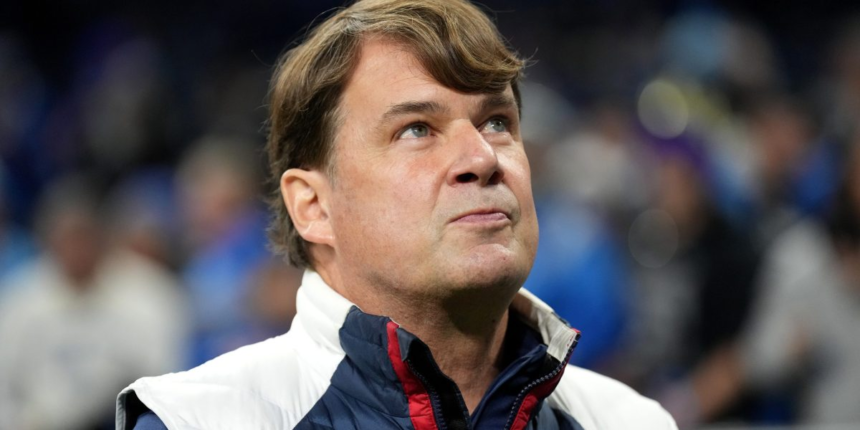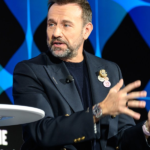Ford CEO Jim Farley recently became the latest corporate boss to sound the alarm about artificial intelligence’s impact on workers.
The U.S. spends too little on vocational training, which is also geared more toward 1950 than 2050, contributing to a decline in blue-collar productivity, Farley explained, though the carmaker has been investing in training.
Meanwhile, demand for skilled trades is expected to surge, and even the AI boom will require workers to build and service the facilities that provide all the computing capacity that’s needed.
There’s already a massive shortage of trade workers, he added, estimating a deficit of 600,000 in factories and nearly half a million in construction, for example.
“There’s more than one way to the American dream, but our whole education system is focused on four-year [college] education,” Farley said. “Hiring an entry worker at a tech company has fallen 50% since 2019. Is that really where we want all of our kids to go? Artificial intelligence is gonna replace literally half of all white-collar workers in the U.S.”
His AI warning marked that latest from a top CEO about AI’s impact on the labor force, especially on office workers.
LinkedIn’s chief economic opportunity officer, Aneesh Raman, pointed out in May that AI tools are doing the types of simple coding and debugging tasks that junior software developers did to gain experience. AI is also doing work that young employees in the legal and retail sectors once did.
For his part, Ford’s CEO sought to draw attention to the opportunity in skilled trades, noting that more Americans are also considering trade school than a four-year college.
“We all sense that America can do better than we are doing,” Farley said last week. “We need a new mindset, one that recognizes the success the importance of this essential economy and the importance to our vibrancy and sustainability as a country.”









